Why Hair Texture and Growth Change over Time
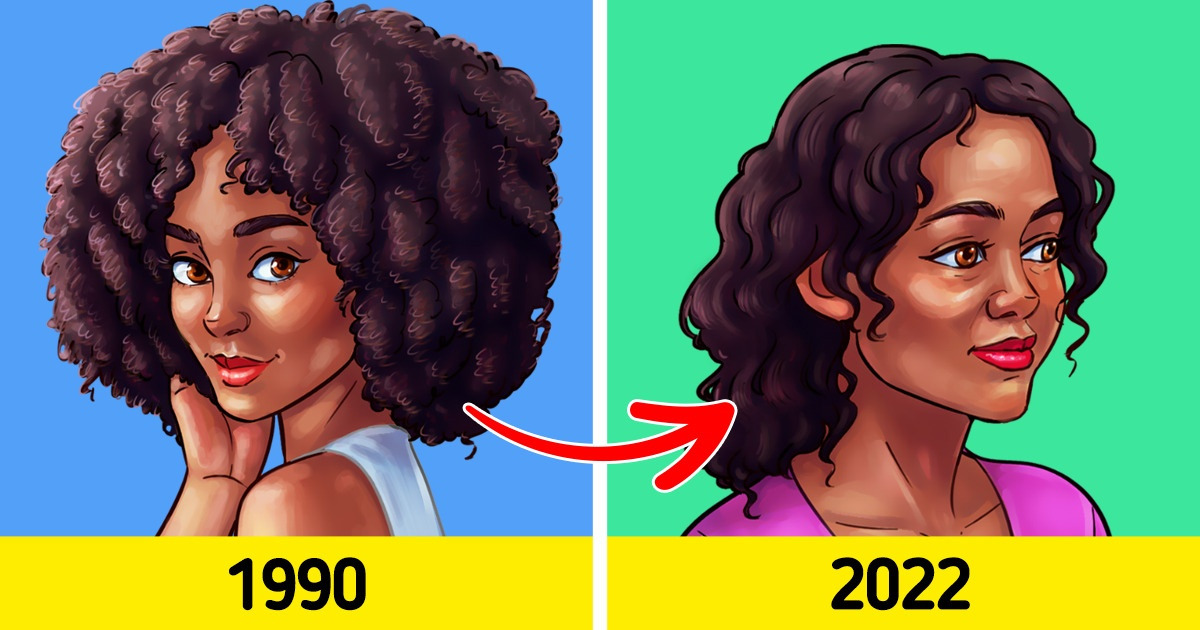
Plenty of factors can change your voluminous, healthy, and shiny hair over the years. Not only aging but also anxiety, diet, hormones, chemical or heat treatments, genetics, and more can bring changes to your hair’s color and texture.
5-Minute Crafts has compiled important and useful information about why you see color and textural changes in your hair with each passing decade of your life.
❗ Important: All the information represented in the article is for informative purposes only. Before taking any action on the roots of your hair, it’s strongly recommended you consult with your dermatologist first.
1. Hot hair-styling tools
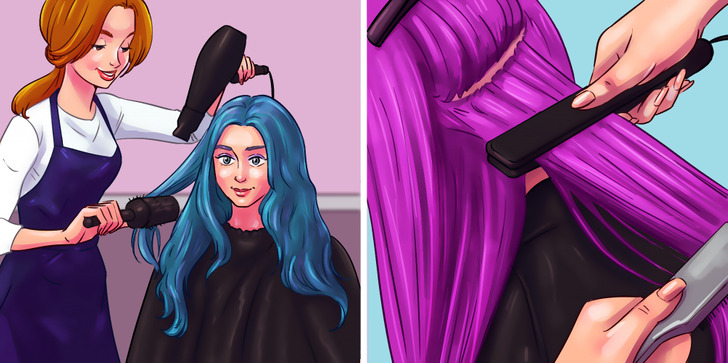
Using some hot styling tools, such as blow dryers, flat irons, and curlers, may add a pulling tension to your hair, making the texture dryer. High heat might cause the hair to be coarse, promoting breakage and dulling its color. Therefore, try to pick tools that use ionic or ceramic technology with less heat than the traditional ones. Also, use these tools at lower heat settings while still getting results.
2. Changes in your body
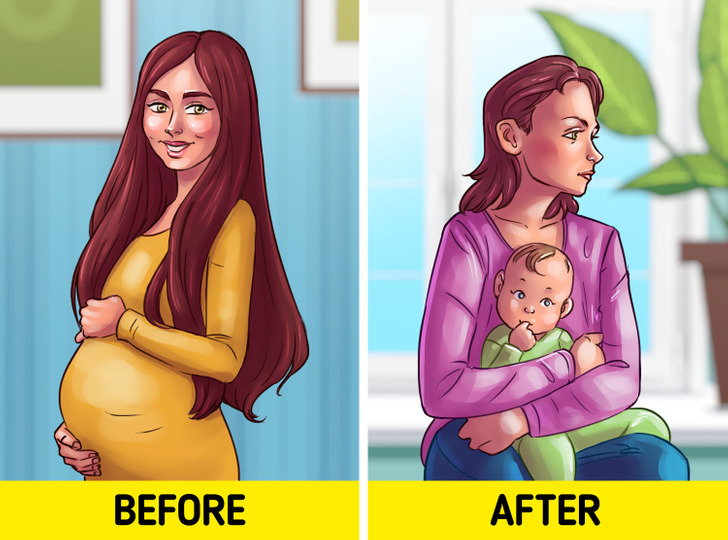
Changes in the levels of hormones are more visible during pregnancy, and it not only affects the body’s functions but also the growth of your hair. That means that when a woman is expecting, she experiences her best hair, as it often looks thicker and shinier due to the high levels of estrogen, progesterone, and prolactin. However, months later after giving birth, her hormone levels go back to their normal levels, which may lead to hair loss.
On the contrary, when estrogen levels drop during certain periods in a woman’s life cycle, an increase in the androgen hormone levels can take place, resulting in changes in hair texture.
3. Chemical treatments
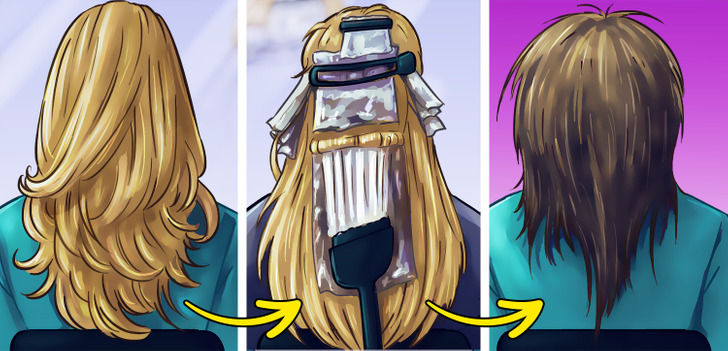
Chemical color treatments weaken the hair’s bonds and structure. Frequent dye jobs or using bleach to change the hair’s color affect its bonds, leading to a drier texture and damage. The dye used for your hair oxidizes over time and changes your hair color too. Chemically damaged hair looks dry. To improve the look of your brittle hair, you can apply a gloss treatment.
4. Genetics and aging
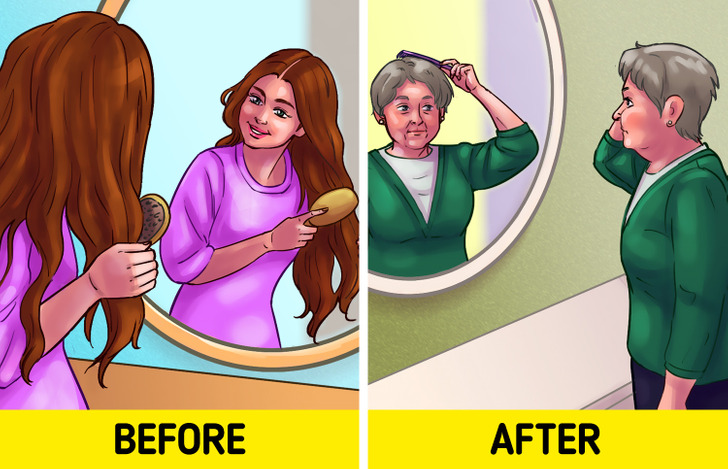
Genetics is another factor that can determine the texture of your hair. Genes define how much your hair thins and how much hydrogen peroxide will be accumulated in your hair too. Hydrogen peroxide, also known as oxygenated water, is a chemical with a strong bleaching effect present in several household products, including hair dyes, tooth whiteners, fabric stain removers, etc.
A loss of hair pigment leads the hair to fall out, and it grows back as coarse hair. As you get older, your hair follicles start producing less melanin that gives color to your hair. Once your hair follicle produces hair with less melanin, its texture can change, and the new hair will have less color.
5. Medical conditions
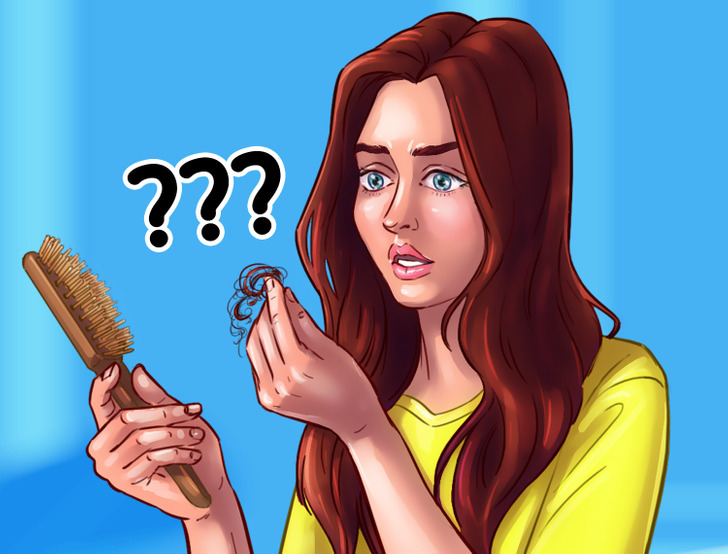
Hair that suddenly thins or changes its texture signals that something may be going on within your body. Clearly, the changes in health may cause changes in your hair texture and color, which may even lead to hair loss.
6. Anxiety and poor diet
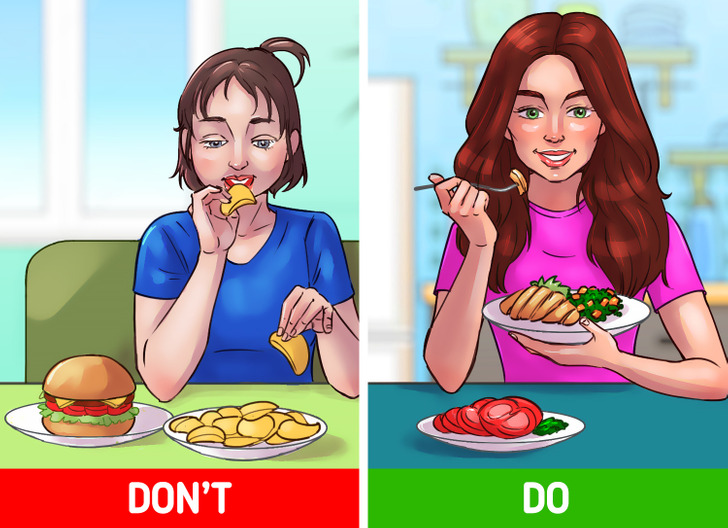
Anxiety is one of the various factors that cause the hair to thin and change its texture. It’s associated with a few types of hair loss. For example, rapid hair loss, also known as telogen effluvium, occurs 3 months after one encounters unpleasant events. Because the hair is made up of protein, a poor diet deficient in nutrition and protein causes the hair to become more brittle and weak.